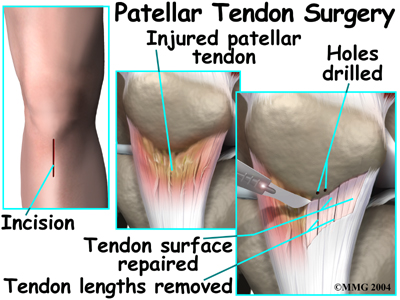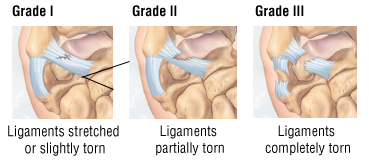
Tendonitis is inflammation of a tendon, usually caused by overuse of a joint; it is most common in the big toe, tendons of the knee and elbow.
Common symptoms include swelling or redness, warmth, and tenderness
The tendon is a long, stretchy muscle fibre which is the strongest muscle fibre in the body, transmitting the power of muscle contractions to the skeletal bones at the end of its length. The tendon itself is very resilient, with the highest tensile strength found amongst skeletal soft tissue, which make up about 90% of the body's musculature. The tendon attaches various parts of the bone, such as ligaments, muscles, tendons and tendinitis occurs when the tendon becomes inflamed due to irritation or injury. The tissue surrounding the tendon becomes inflamed, too, often causing swelling of surrounding tissues, making the condition even worse.
The most common causes of tendinitis are repeated strain on a tendon (such as repetitive use of a joint or a sports injury) and injury to the tendon itself, which may be caused by arthritis, overuse or tear. Another common cause of tendonitis is an injury to a nerve. Nerves are essential for normal movement, but damage to the tendons around the nerves may result in weakness or paralysis, or even death.
The treatment of tendonitis occurs in three steps: identifying the cause, treating the injury or disease and stabilising the joint. The first step is the easiest, simply isolating and treating the cause of the inflammation. This may involve taking medication to address the cause, or may involve surgery to remove a diseased tendon. Medications can be given to control pain, such as ibuprofen, and reduce inflammation, such as aspirin and ibuprofen; anti-inflammatory drugs are used to reduce the swelling, and steroids can be given to reduce inflammation and increase flexibility, especially in the injured area.

Surgical procedures can be carried out if the condition is severe or if the damage is extensive and does not respond well to medication. The most common surgical procedure for tendonitis is an arthroscopy, which involves removal of a part of the tendon. The surgeon removes a small portion of the tendon to reveal its innards; the innards are then injected with drugs that irritate the inflamed tissue. and the drugs cause inflammation to subside and go away.
Treating the damage or disease can involve applying ice and heat, as well as anti-inflammatory drugs and corticosteroids
These will help reduce the pain and swelling and prevent further damage. However, if steroid therapy does not stop the symptoms then surgery may be necessary to remove the damaged tendon.
Stabilising the joint means reducing friction between the affected and unaffected joints, with the aim of preventing further damage to the tissue. If the patient has no choice but to use a splint or support the joint for extended periods, a physiotherapist may prescribe physical therapy to improve the range of motion, flexibility and range of motion of the joint. This may involve the use of braces to reduce the pressure applied to the joint; however, even if the patient cannot lift or move the weight of the support, they may be prescribed some type of splint to wear whilst wearing the support or to hold them in place.
There are two main types of treatment for tendonitis; steroid medications and surgery. The most common type of surgery is arthroscopic surgery, where the damaged tendon is removed through an incision made in the bone above the tendon. The surgery may also be followed by immobilisation or a cast or support stockings.